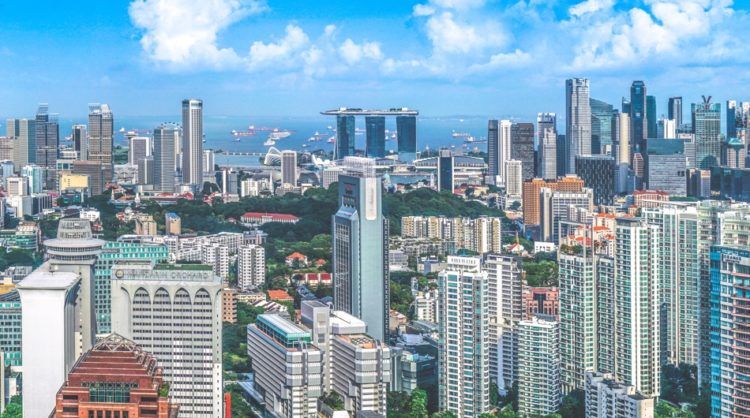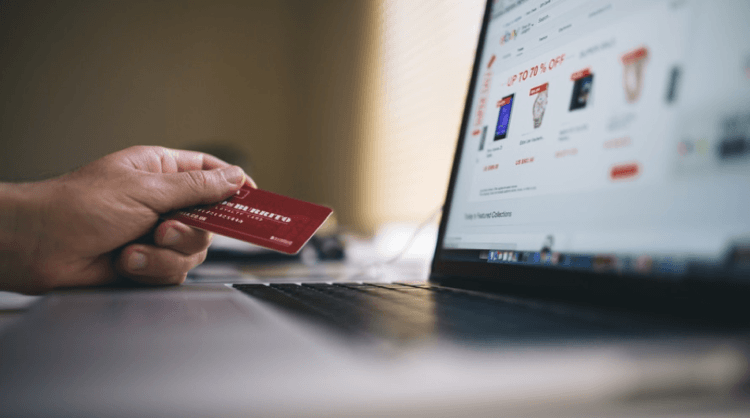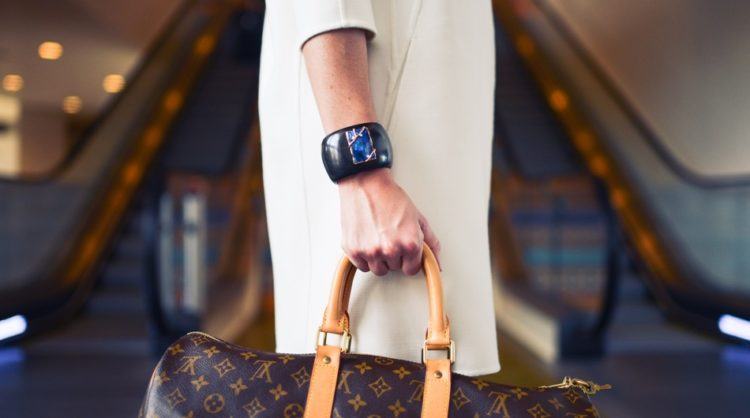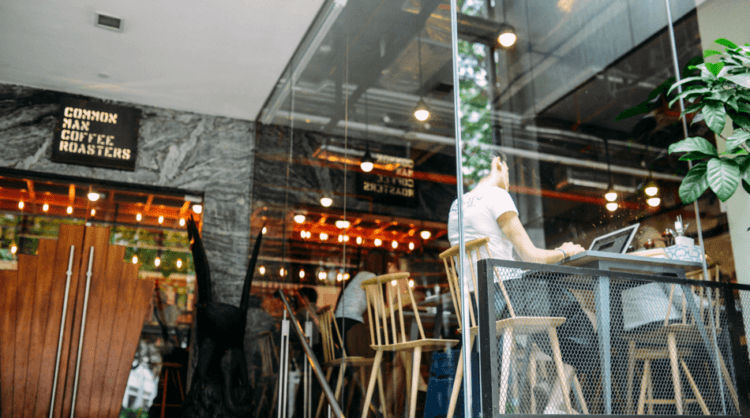
Image Credit: Unsplash.
Shopping is an unofficial national pastime in Singapore. However, retail has seen many changes of late, thanks to the fast pace of technology. Singapore had the highest smartphone penetration globally in 2015, which has brought mobile commerce to the forefront. The ecommerce market in Singapore is also expected to be worth US$5.4 billion by 2025. With the promise of augmented reality and bots in our near future, consumer expectations are likely to change drastically in the next five years.
Here are five future trends you can expect in Singapore’s retail scene.

Image Credit: Pexels.
1. More diverse payment options
Singapore’s mobile payments market has seen tremendous growth. In the past year, the country has become one of the leading markets in the world for contactless payments, with more than 4 million Visa payWave transactions made in a month. More than one in three Singaporeans use Visa payWave for face-to-face transactions.
2016 will see this growth spike even further, with the breadth of options becoming the primary concern for in-store retailers. Apple Pay, Samsung Pay, and Android Pay have entered Singapore in 2016, while many are also beginning to use WeChat Pay and Alipay to accommodate Chinese tourists. Alipay only recently opened up for international use, and already has 110 payment terminals available at Resorts World Sentosa (RWS).
The wider use of mobile wallet payments also opens up the possibility of loyalty programs taking off in the digital space. Ewallet services like Apple Pay and Alipay have integrated loyalty platforms.

Image Credit: Pexels.
2. More retailers will opt for cloud-based solutions
More cloud-based management systems are now available for SMEs. They’ll give retailers the ability to oversee business operations on the go, allowing them to play accountant, human resource manager, and operations manager all at once. By providing live data, businesses can make timely decisions and increase efficiency.
Migrating management to cloud services also allow small businesses to scale easily, supporting increases in capacity during peak seasons better than most legacy systems.
For example, UOB and Newstead Technologies introduced BizSmart, an integration of five cloud-based digital applications provided by third party external service providers. These apps are interconnected and work with each other, securely handling accounting, retail POS, inventory management, payroll and employee management. While these apps are individually available, linking the apps help small businesses reduce manual processes by sharing data and improve efficiency.
The five applications are also tailored to support local businesses. One of the service providers Xero, is working with UOB to provide direct account feeds to business owners so they can view their operating account transactions. HReasily also ensures that requirements by Ministry of Manpower on itemized payslips are met.
3. More stores going omnichannel

Image Credit: Unsplash.
Retail in Singapore isn’t getting any easier. Retail costs have continued to rise in Singapore, with rental prices for prime retail space growing at a CAGR of approximately 1.2 percent in the past two years. Labour market is also tightening, with government’s new foreign labour policies limiting the entry of foreign workers. High costs with a mature retail market has pushed big players like New Look, Carrefour, and Toshiba out of the country.
To cope with high costs, physical stores are choosing to go omnichannel — merging offline retail with websites, mobile apps, and social media. The hybrid model could help businesses face competition by reducing the amount of rental space needed.
Challenger, for example, has adopted a click-and-collect system which allows customers to purchase products on their online store, and collect them at any of Challengers’ five outlets. Challenger’s CEO Loo Leong Thye shared with Channel NewsAsia that they will be able to “create a mega mall effect” online. Their online store lets them to stock 10 times more products than their largest outlet at Funan Mall.
SingPost’s ecommerce mall, due to open in mid-2017, is reported to allow shoppers to arrange for delivery to their homes after browsing in-store, saving retailers the cost of having an in-store inventory space.
4. Split between experiential and non-experiential goods

Image Credit: Unsplash.
While retail costs are rising, brick-and-mortar isn’t going anywhere. According to a report by Frost and Sullivan, Singapore’s growth in e-retail is still the slowest in the region. Physical stores still hold value to Singaporean customers due to their convenience and accessibility.
According to a JLL study, Singaporeans have different preferences when it comes to online and offline shopping. The increase of ecommerce purchases are likely to be in non-experiential goods, such as groceries, household, and electronic goods. The number of shoppers buying groceries and computer equipment rose around 70 percent in the last two years, and is expected to grow exponentially in the next three years.
On the other hand, experiential goods have seen an increase in suburban malls. Gifts and toys have grown 10 percent year-on-year, while fashion and footwear grew 5 to 6 percent. The value of the offline experience has driven online fashion businesses like Zalora and Love, Bonito to set up several pop-up stores across the country. With an increasingly crowded online space, we may continue to see offline efforts by fashion ecommerce players.

Image Credit: Wikimedia.
5. Technology could finally improve in-store experiences
mPOS systems have become a regular sight in food and beverage outlets in the last few years. 2017 will see in-store technology expand not just to help in-store management, but also improve customer experiences. For example, fashion e-retailer Zalora and sporting goods store Decathlon have experimented adding devices to their pop-up stores to let consumers purchase products online.
With one of the biggest luxury market in the world, Singapore has the audience and the budget to experiment with in-store experiences. Augmented reality (AR) is already being tested with US retailers like luxury brand Rebecca Minkoff and homeware store Lowes, and could soon hit Singapore shores. Goldman Sachs has forecasted the market for AR/VR use in retail to hit US$1.6 billion by 2025.
A study by McKinsey also predicts that the use of Internet of Things (IoT) in retail could have an economic impact of $410 billion to $1.2 trillion per year in 2025. IoT would be able to track shelf inventory, provide personalized promotions while shopping, and automate check-out as customers walk out of the store.
BizSmart is Asia’s first integration of 5 cloud-based digital applications to help retail businesses run their operations in a smart way. Click here to find out more about BizSmart. Disclaimers apply.
This post 5 retail trends to expect from Singapore appeared first on Tech in Asia.
from Tech in Asia https://www.techinasia.com/5-retail-trends-expect-singapore
via IFTTT
No comments:
Post a Comment